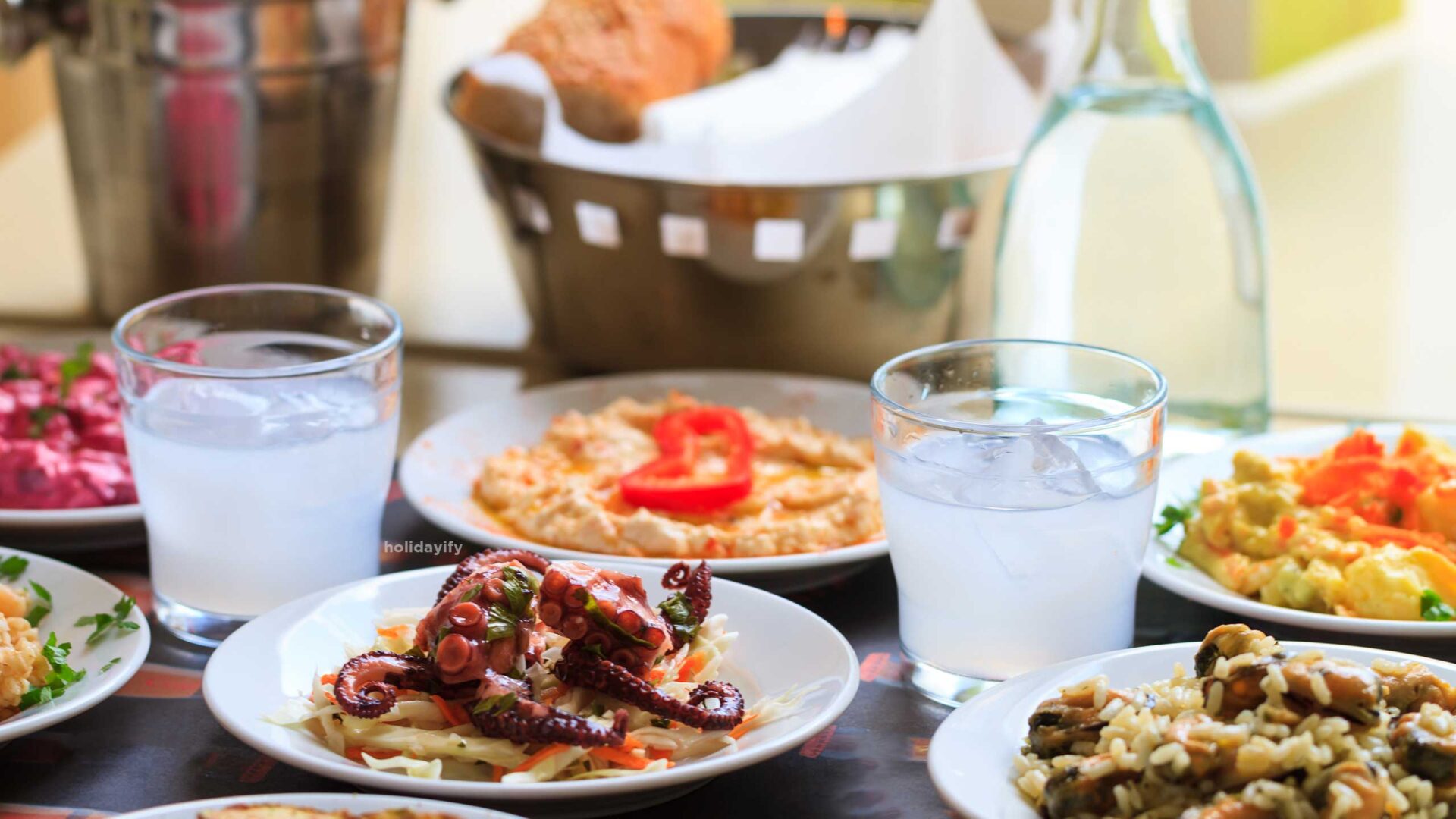One of the reasons to travel to Greece is delicious traditional Greek foods. If you have weaknesses in food, you can’t stand seeing good food and drink, traditional Greek cuisine will be your favourite. On this post we will introduce you the traditional Greek dishes and desserts to eat in Greece. You will understand and will get the answer what are traditional Greek food? This guide to the Greece food culture will prepare you for many culinary adventures! Here’s everything you need to know about experiencing incredible food in Greece.
Traditional Greek Foods You Must Eat in Greece
Baklava
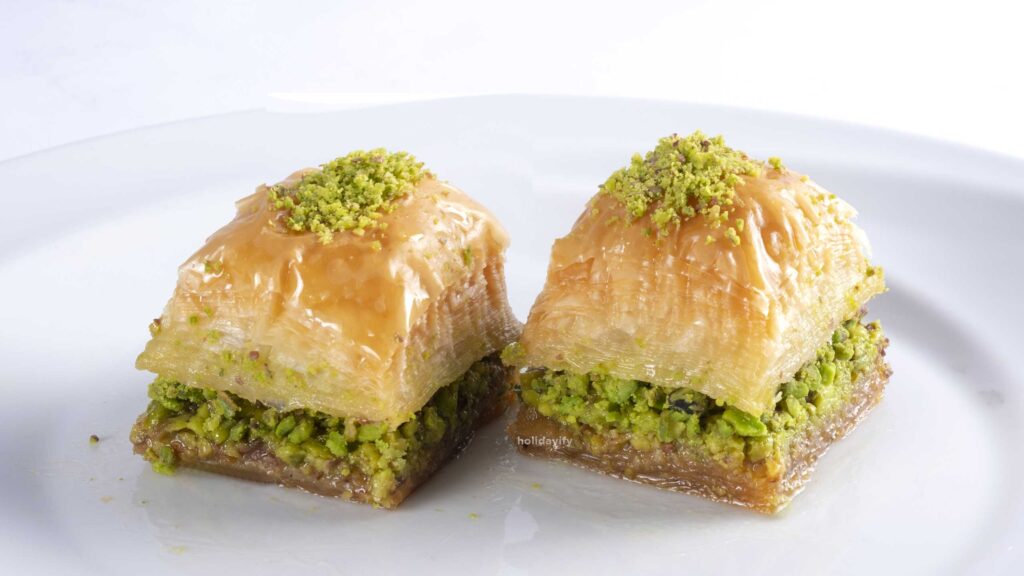
Baklava is the quintessential Greek food experience. This cuisine mostly contains nuts and butter along with sugar. After baking, sweet syrup is poured over it so that the syrup can be absorbed by the crispy layers of phyllo. It is probably the most popular food item among all Greek desserts. It brings a festive mood in the dining room through its exquisite flavor and flaky crust.
Bougatsa

Bougatsa is a kind of sweet pie (less sweet if you consider Greek standard) made of phyllo pastry & semolina custard. This is a kind of food that tastes good in daytime, delicious at late night and best enjoyed with pleasant memories. If you want to eat this pie from roadside food court you will also get a sprinkle of powder sugar and cinnamon on top.
Courgette Balls (kolokithokeftedes)
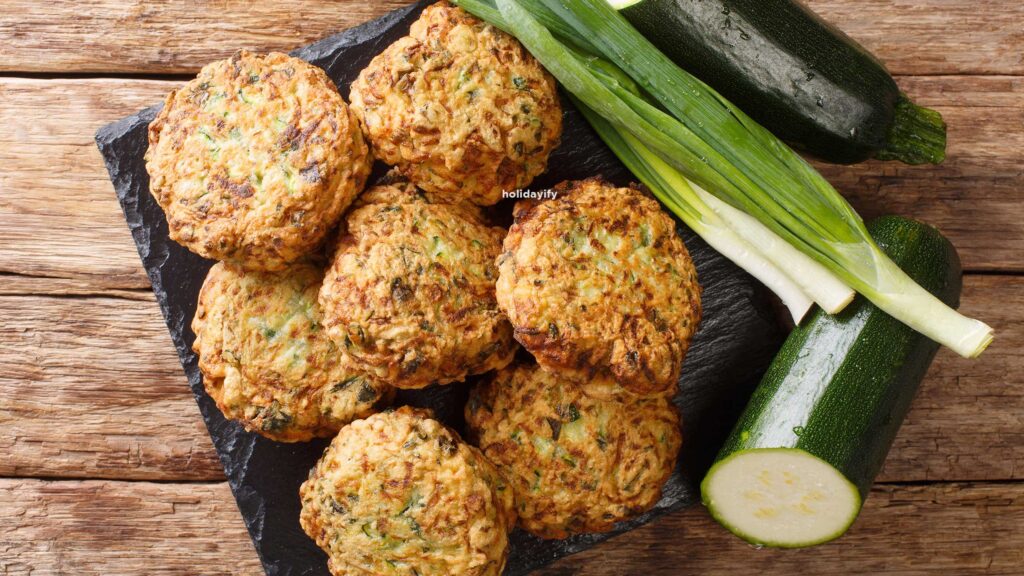
You are going to want to add this veggie starter to the list of your favorite dishes. This is a very popular Cretan meze, found in most (if not all) Greek restaurants. Your taste buds will be mesmerized by its flavored texture, salty & tasty feta cheese with a bit of fresh mint. The original kolokythokeftedes must be crispy on the outside with a creamy texture on the inside.
Amygdalota
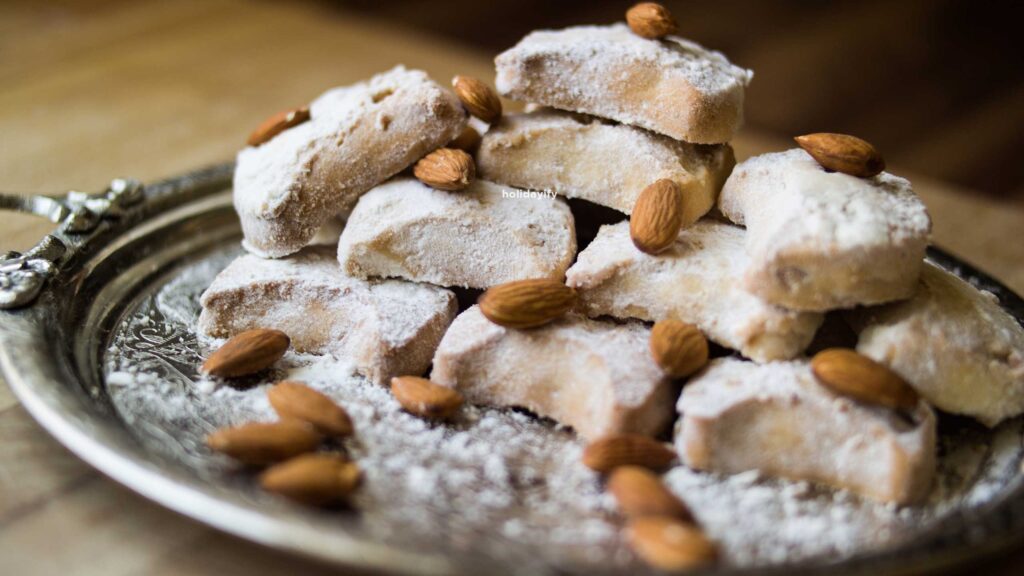
Amygdalota is gluten-free almond cookie that is wildly popular in Greece and are the perfect match to a warm cup of Greek coffee. Whether it is a family or friends gathering, Amygdalota reflects the images of good times warm relationships. This food may vary a bit in different parts of Greece, but almonds being the dominant ingredient throughout the regions.
Dolmadakia (Stuffed Grape Leaves)

This is another sign of the versatile nature of Greek food. Dolmadakia are tiny dolmades that are made of stuffed grape leaves. Inside the leaf you will get meat of ground lamb or beef (sometimes both) and rice stuffing. Traditionally, this dish is served as appetizer with lemon wedges.
Ellinikos (Greek Coffee)

Ellinikos is still the most favorite style of coffee adopted in Greece. The coffee is served in the traditional long handled coffee copper pot which is known as briki in Greek. There are three different tastes of Ellinikos like Vari Glyko which means strong & almost honey sweet, Metrios meaning medium sweetness and Sketos mening without sugar.
Greek Fava Dip (Yellow Split Pea Puree)
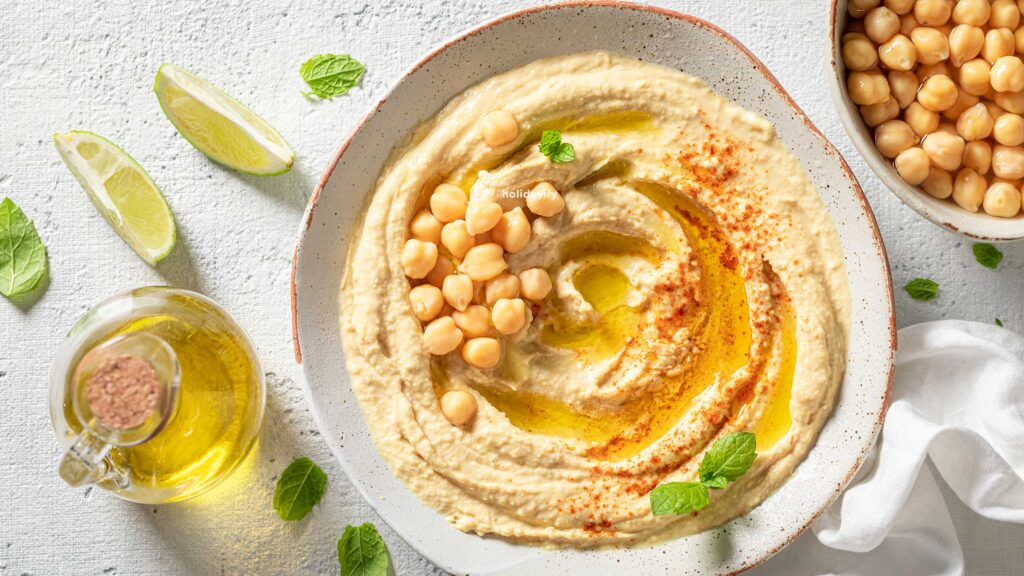
This mouthwatering vegetable dish, made with yellow split peas, is mostly popular on the Greek island of Santorini, however, remains dominant in terms of popularity all across Greece. It is creamy with spectacular taste—great starter for winter days. Enjoy this Fava dish as an appetizer or dip with a drizzle of extra virgin olive oil.
Feta Me Meli

Another Greek food dish that can be tasted as dessert or an entrée. Feta is wrapped in filo pastry before oven baked and honey is drizzled over it. The optimum balance between salty feta and sweet honey creates a mesmerizing taste.
Frappe

Frappe is an iced coffee drink that makes your hot summer days comfortable. Two main components of Frappe are water and instant coffee granules. Once mixed it becomes addictive, delicious and frothy. With such a strong appeal it’s a perfect pick-me-up drink without extra calories.
Galaktoboureko
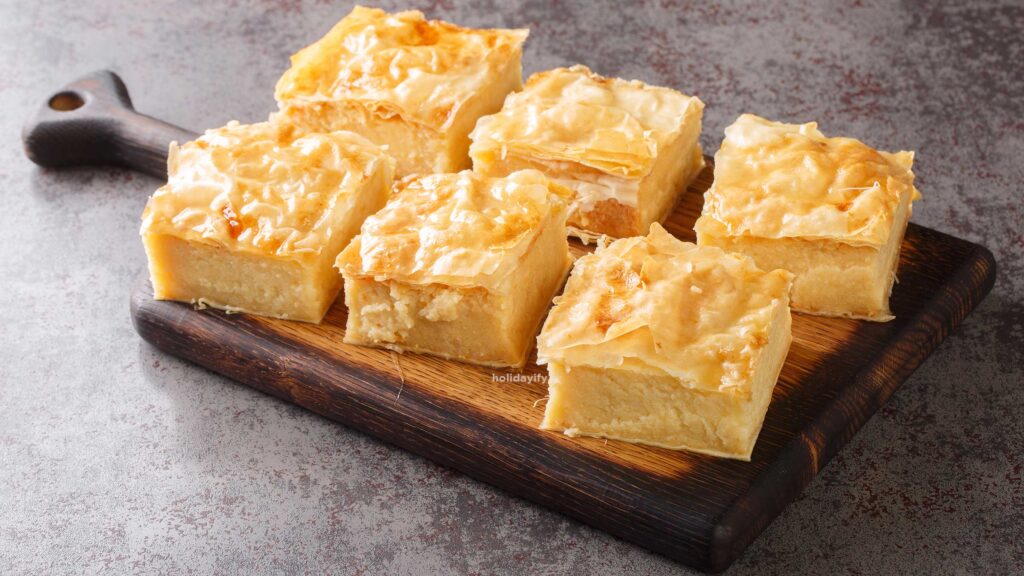
Galaktoboureko is a great Greek dessert with crispy perfection. Take a mouthful bite of Galaktoboureko and let your mouth be filled with its juices. This age old Greek dessert is made of crispy phyllo sprinkled with melted butter. Greeks use the most creamy custard & scented syrup to increase the taste of this food by many folds.
Greek Salad (Choriatiki)
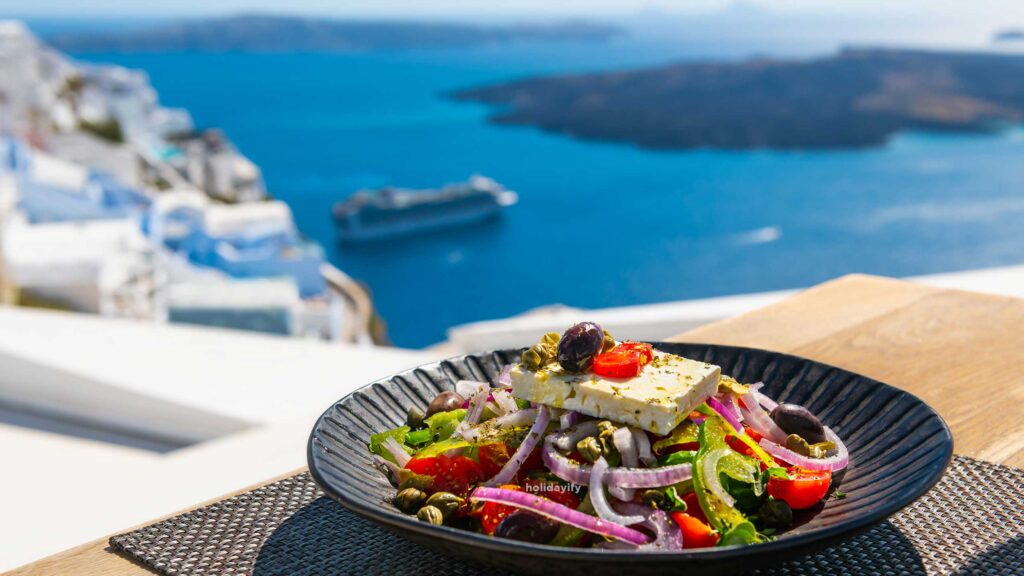
Greek salad is a must have for Greeks with almost every meal. Choriatiki are made of tomatoes, olives, cucumber and a large piece of feta cheese and served undressed. Dressing is left at person’s choice hence all restaurants serve vinegar, salt, pepper and olive oil with the salad. With the tradition of being a starter, Greek salad can also be a great side dish.
Gyros
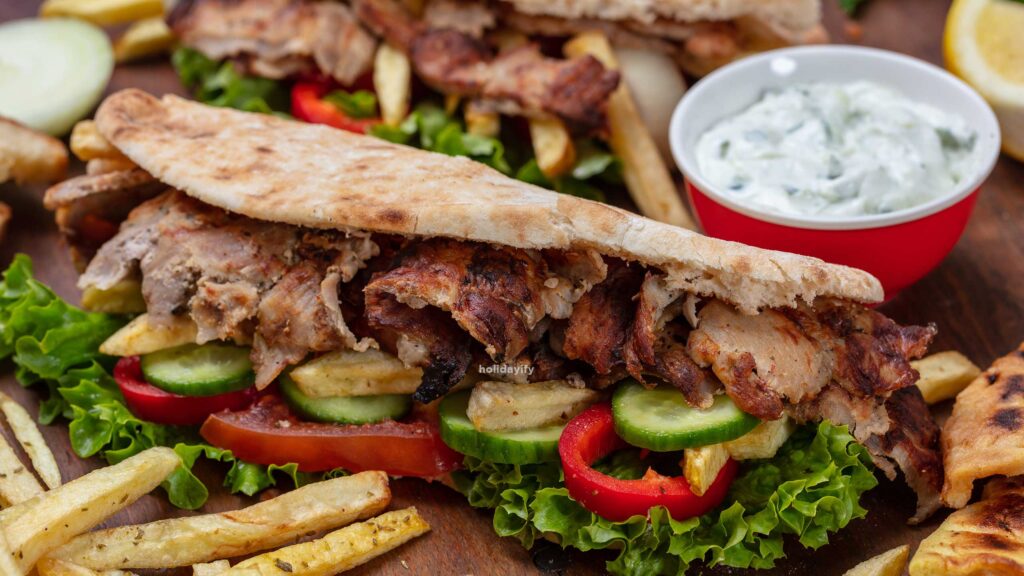
Gyros are an economical meal choice and so yummy! When the meat is roasted vertically and turning on the spit it is known as Gyro. Wait, it is not done yet. Slices of gyro are then placed in pita with various taste enhancers including sauce, onions, lettuce, tomatoes and potato chips.
Halvas
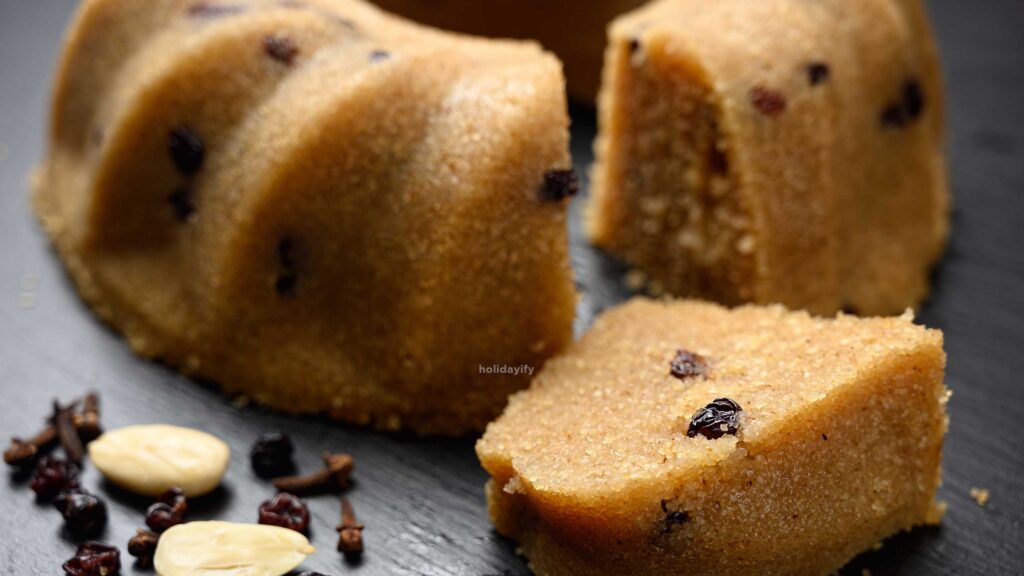
You will be surprised by the deliciousness of such humble food especially when you are looking for a no dairy, no butter and an egg free dessert. Halva is a great combo of four ingredients: oil, semolina, sugar and water. You will be mesmerized by the taste of these four ingredients when combined. In simple words, halva is semolina pudding which is sweetened by syrup and studded with nuts.
Kataifi
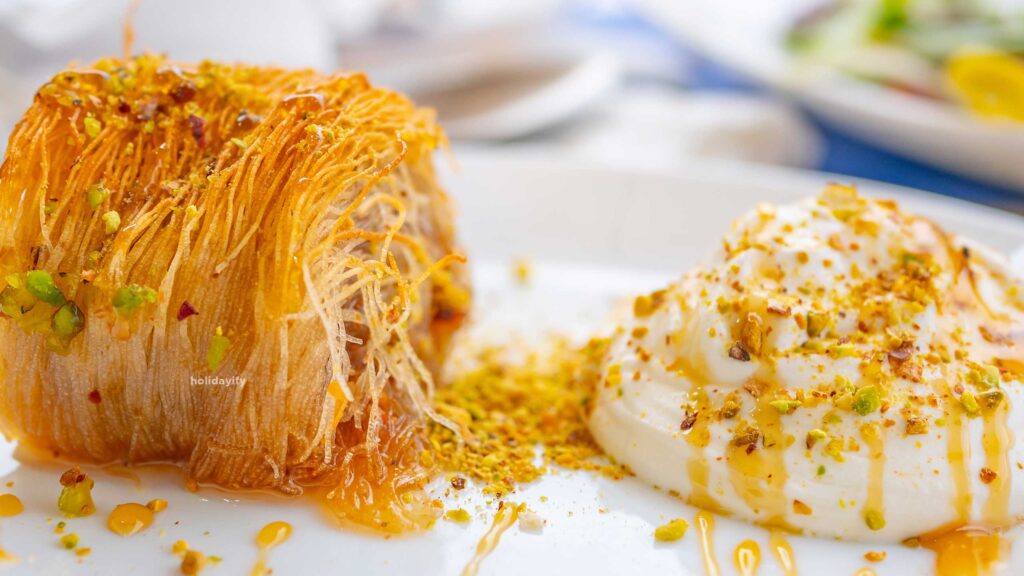
This is one of the most popular Greek desserts made with a special type of pastry called Kataifi. When rolled up the pastry resembles shredded wheat. A delectable nutty center is rolled inside crisp, thread like strands of pastry, baked, and then soaked in sweet syrup. The pastry is full of strand so there is always a chance to get messy when you eat this. So don’t try too much to pull them or cut them.
Keftethes (Meatballs)
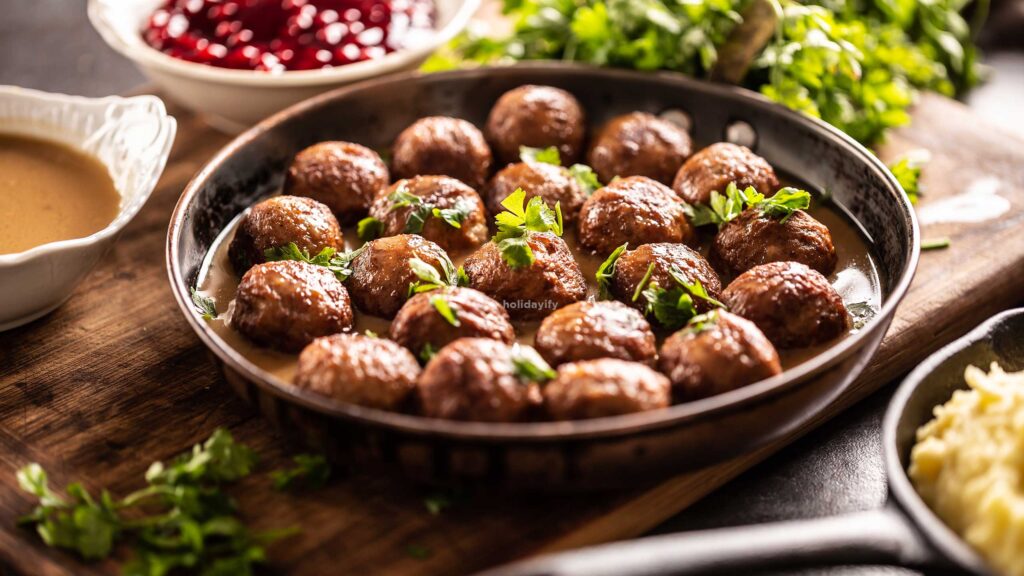
Give this juicy and crispy Greek meatball a try and bring a delicious twist to your plate. Keftethes is mainly a Greek appetizer dish served with creamy sauce and pita bread. However, this item can also be eaten as a full meal with basmati rice and Greek feta salad.
Loukoumades

Loukoumades are little bite-sized golden puffs of fried dough that are sprinkled with sweet syrup, walnuts and cinnamon. With crispy outside and fluffy inside this Greek donut will give you absolute deliciousness.
Moussaka
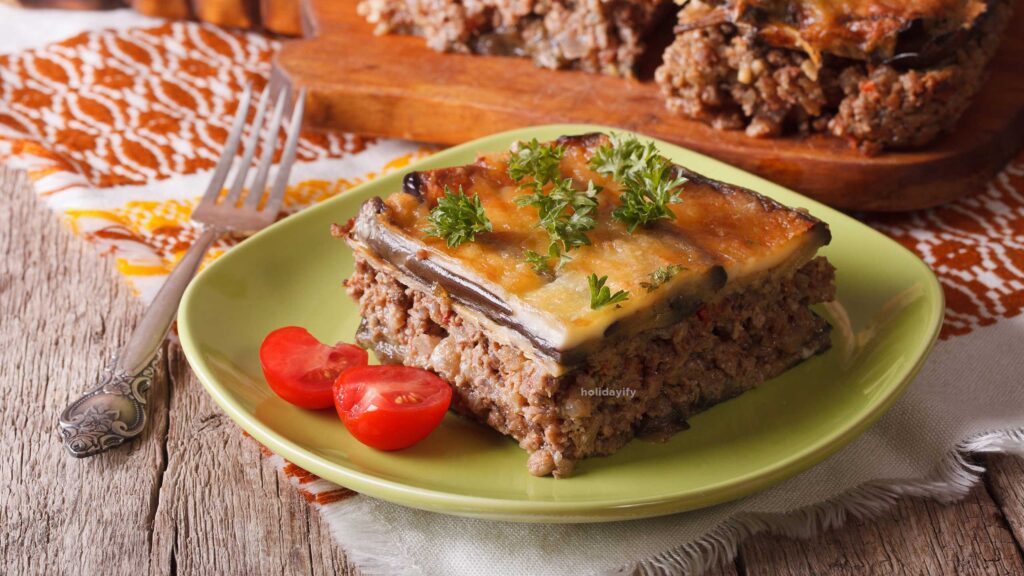
A legendary, traditional dish that is creamy and juicy. Moussaka is served in almost all tavernas in Greece. In the big family gathering this dish is prepared by Greek homemakers. In Moussaka, tomato sauce is used to cook minced beef which is subsequently layered with sweet eggplants and creamy béchamel sauce. This irresistible cuisine is filling so you don’t need too many side dishes.
Pasteli
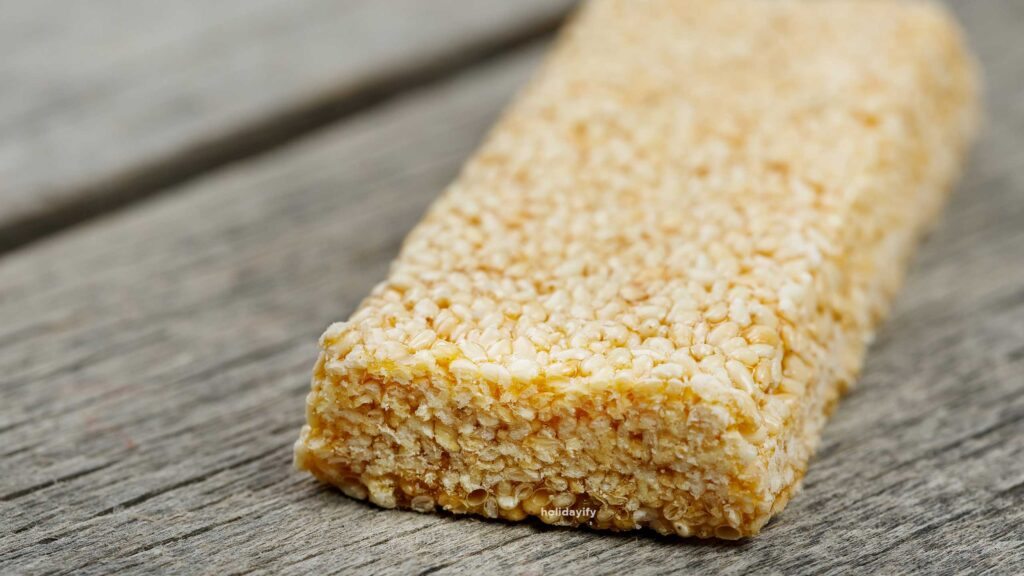
Pasteli is a Greek cusine made of mainly two components; honey and sesame seeds. These pasteli are known as the original power bars in Greece. In additions to honey and sesame different nuts like walnuts, almonds or pistachios are used to bring more variety. Pasteli fits very well as an accompaniment to tea. It can also be eaten as candy or lunchtime snack and energy booster.
Pastitsio
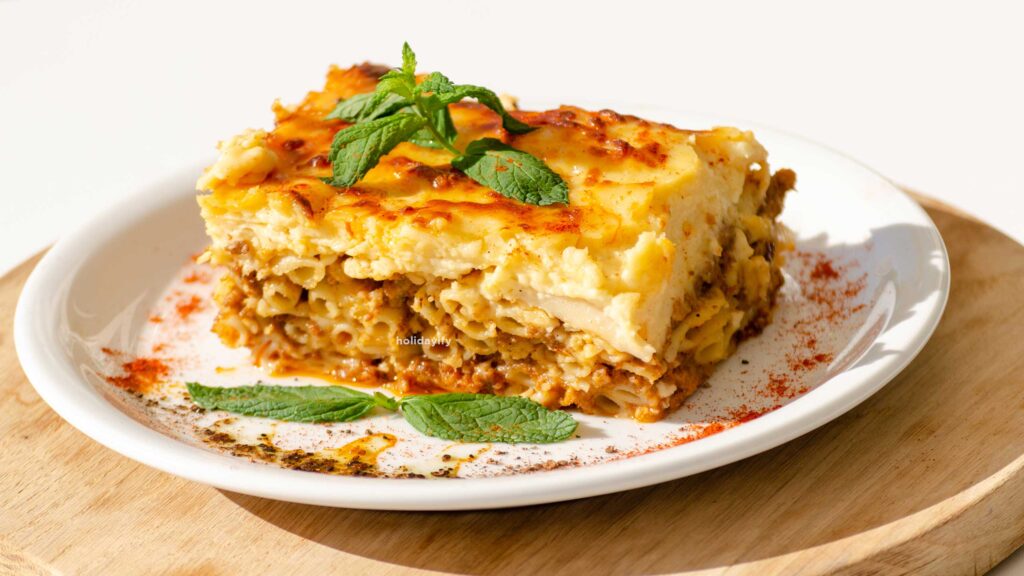
Pastitsio is a baked pasta dish including ground beef and béchamel sauce. This mouthwatering food is something you can enjoy in every season. The food in Greece is served with mixed green salad dressed with wine vinegar and virgin olive oil.
Retsina Wine

An age old wine bearing all rituals and cultures of ancient Greece for more than 2000 years. The unique test of this wine is believed to have originated from sealing wine vessels with Pine resin. Pine resin prevents air from entering into the bottle while infusing the wine with resin aroma. This wine matches superbly with dishes containing mint, rosemary and dill.
Revani
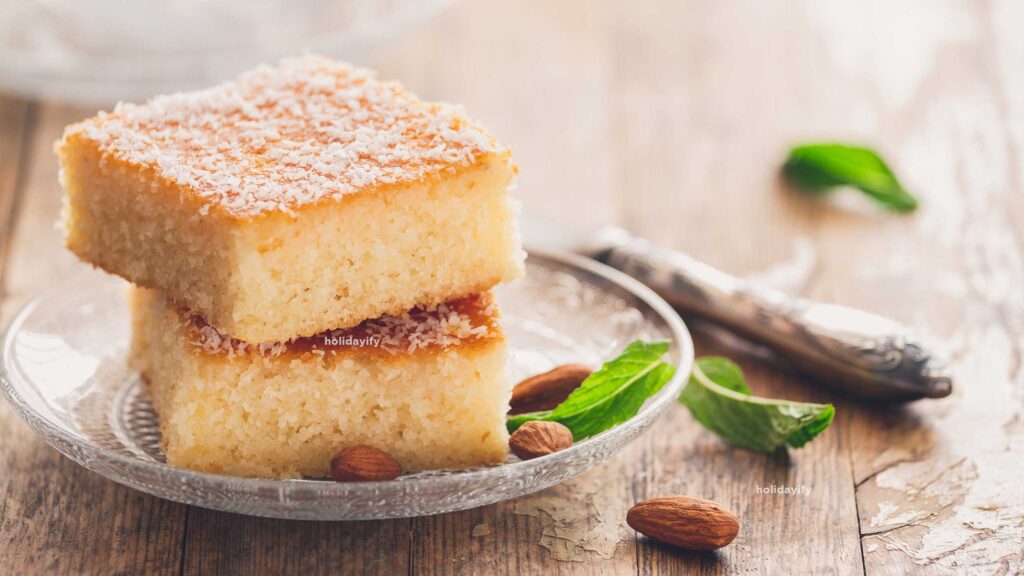
Revani is a very popular dessert which is nutty and grainy with some lemony flavor. This moist cake is sweetened by simple syrup flavored with orange zest. This is not an overly sweet desserts and it is indeed a delightful addition to any dining table.
Saganaki – Fried Cheese

This is the food that holds the attention of all cheese lovers. Sagnaki is mostly an appetizer that is prepared in two-handled small frying pan. This beloved traditional Greek food is prepared in less than 10 minutes while using only two ingredients—flour & cheese. Sagnaki refers to many dishes (which are mostly appetizers) like Shrimp Sagnaki, Mussels Sagnaki etc. However, the most famed one is this Cheese Saganaki.
Souvlaki
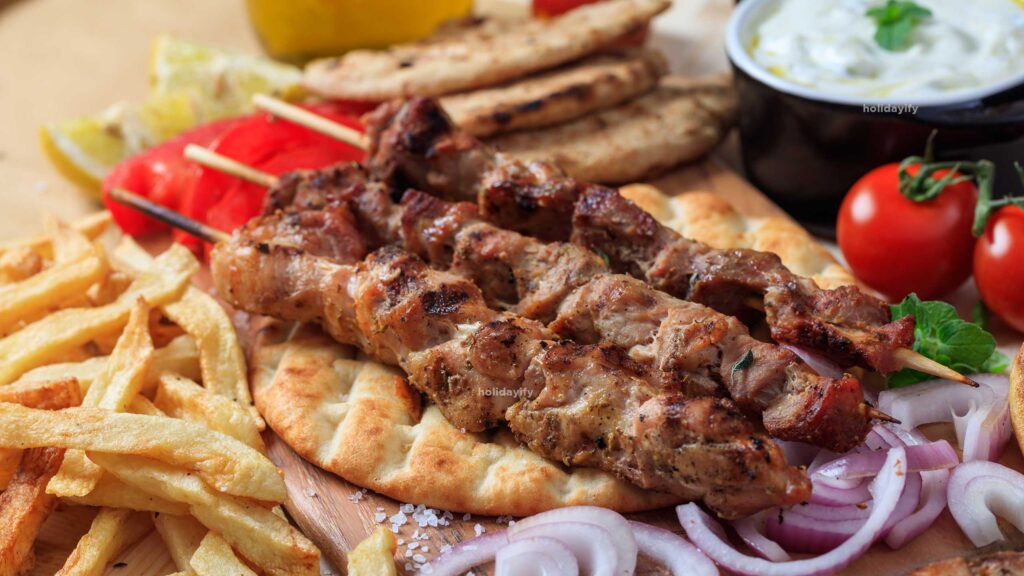
Souvlaki is a very popular Greek food available in street side restaurants. The dish is well cooked with seasoned meat and then flavored with tzatziki sauce. In Greek language Souvlaki stands for ‘meat-on-a-skewer. Most Greek people call any type of pita wrapped meat a Souvlaki. However, they somehow distinguish the name by the meat that is used. As for instance, Souvlaki with pork skewers or Souvlaki with chicken Gyros.
Yemista
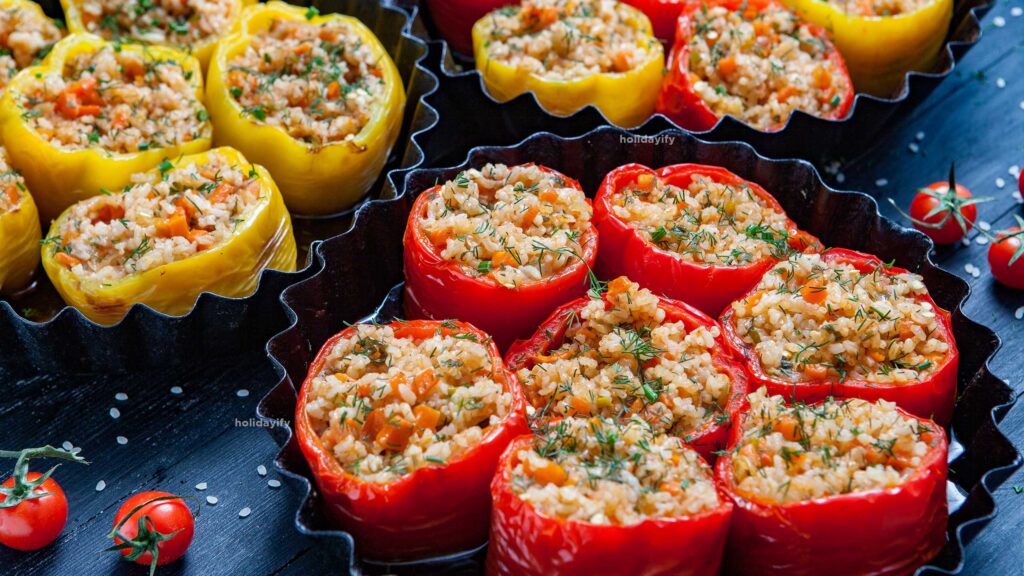
Yemista is a traditional recipe for Greek stuffed tomatoes that comes with vibrant colors and juicy flavors. Instead of tomatoes other vegetables are also used and baked until it turns to brownish color. The stuffing can either be with rice and various herbs or it may contain minced meat. There are countless variations of Yemista and you are allowed to experiment with different types of herbs & spices.
Tzatziki
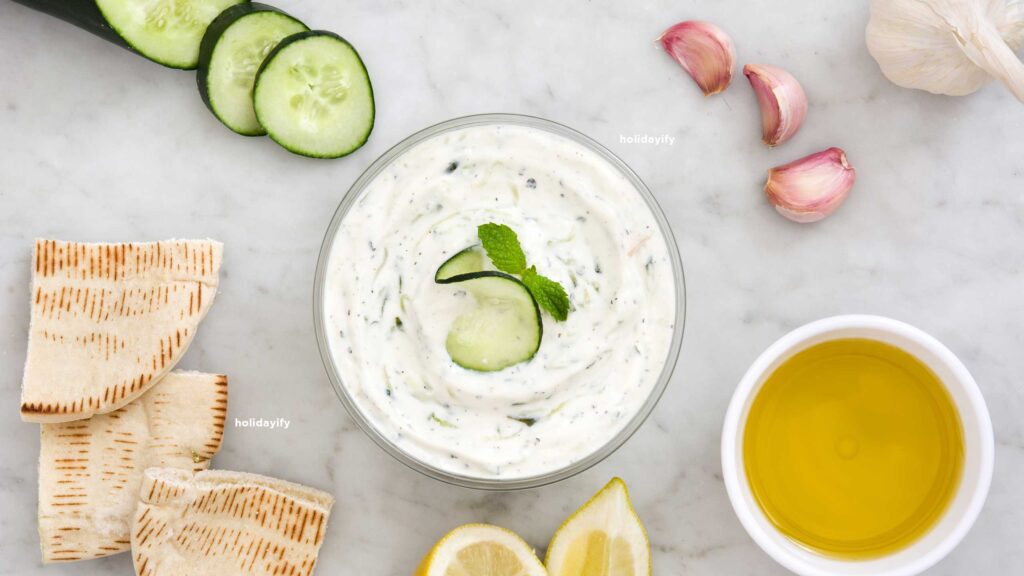
Tzatziki is one of the classic Greek sauces or appetizers with as many varieties as there are cooks who prepare it. Basically, this spectacular food item is made of thick strained yogurt, garlic, olive oil as well as fresh dill. Although it’s a combination of various ingredients but it is simple to prepare and is able to rock any get together.
Tiropita

Tiropita, otherwise known as ‘Greek cheese pie’, is traditionally popular throughout Greece and can be eaten as a starter or a mid-day snack. This feta cheese food comes into different shapes & sizes. When it is rolled into individual triangular servings that’s when it is called Tiropita. The main ingredient used in this recipe is various types of cheese (feta cheese mostly). Melted butter and olive oil are also used while preparing this mouthwatering dish.
Spanakopita
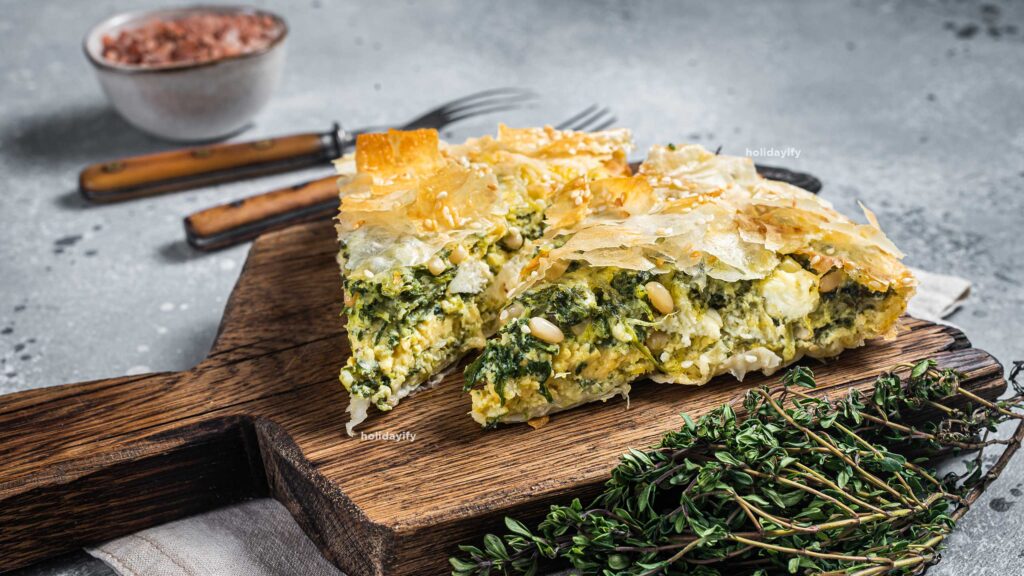
Spanikopita or otherwise known as Greek spinach pie is a traditional yet delicious recipe. With its versatility the dish matches with every time of the day. Be it dinner, as a snack or starter Spanikopita will definitely satisfy your taste buds. Feta cheese, butter, olive oil all are mixed and baked until golden crispy perfection.
Yiaourti Me Meli
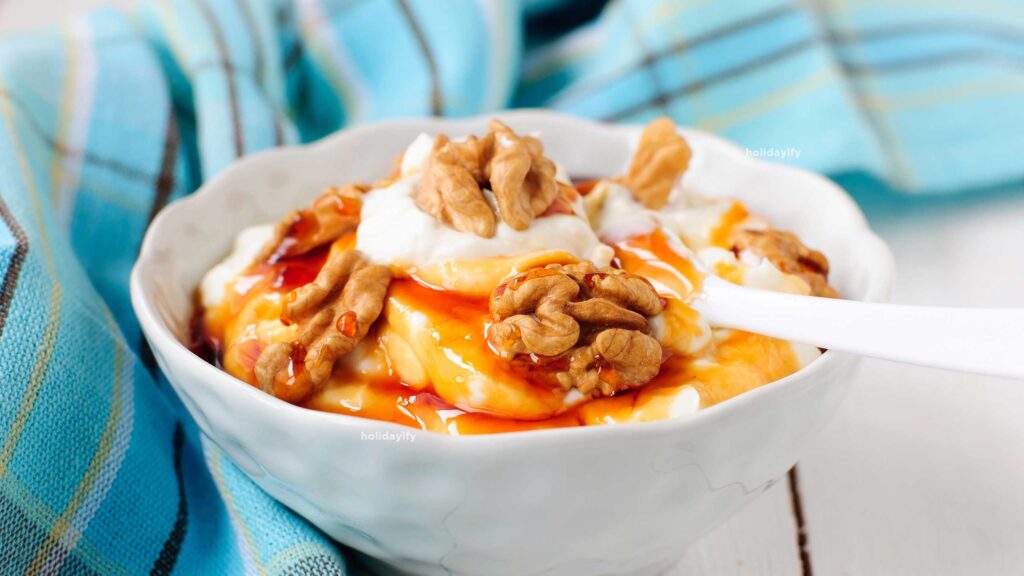
Yiaourti Me Meli literally means yogurt with honey. This is simple filler which is rich in protein with creamy sweet flavor. You can have this food in breakfast dishes or as a dessert. Yiaourti Me Meli is a healthy combo of Greek yogurt, honey and walnuts. The subtle sour taste of yogurt, the sweetness of thyme or wildflower honey, the depth & complexity of walnuts—altogether it is a food from heaven!
Taramasalata
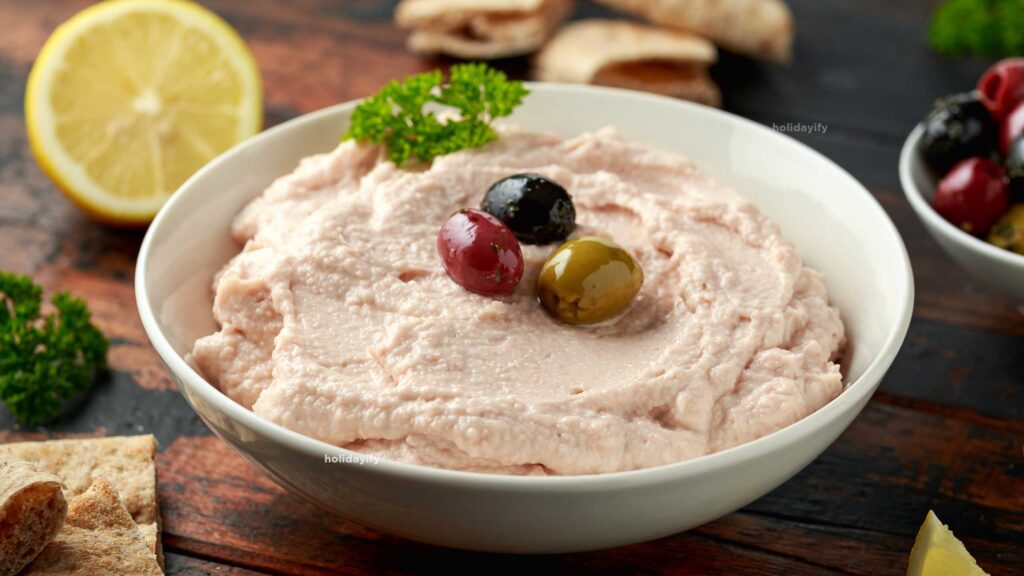
The worst tongue twister on a list of starters, this pungent dip consists of a starchy base of soaked breadcrumbs or potatoes with added lemon juice and olive oil. One of its crucial ingredients is a peculiarly Greek delicacy — cured fish roe. As the authentic color is a rather off-putting gray-yellow, some cooks, and supermarkets, add pink coloring to make it appear more appetizing.
Gigantes

While dried haricot bean soup (fasolada) fed hungry Greeks during the German occupation in World War II, the dish is now somewhat looked down on. Surprisingly though, its sister dish, a hearty plate of giant baked beans seasoned with cilantro, has made it to the typical mezze spread. You might also hear the “gigantes” further described as “plaki,” which denotes a dish that’s oven-baked in tomato sauce.
Kotosoupa (Chicken Soup)
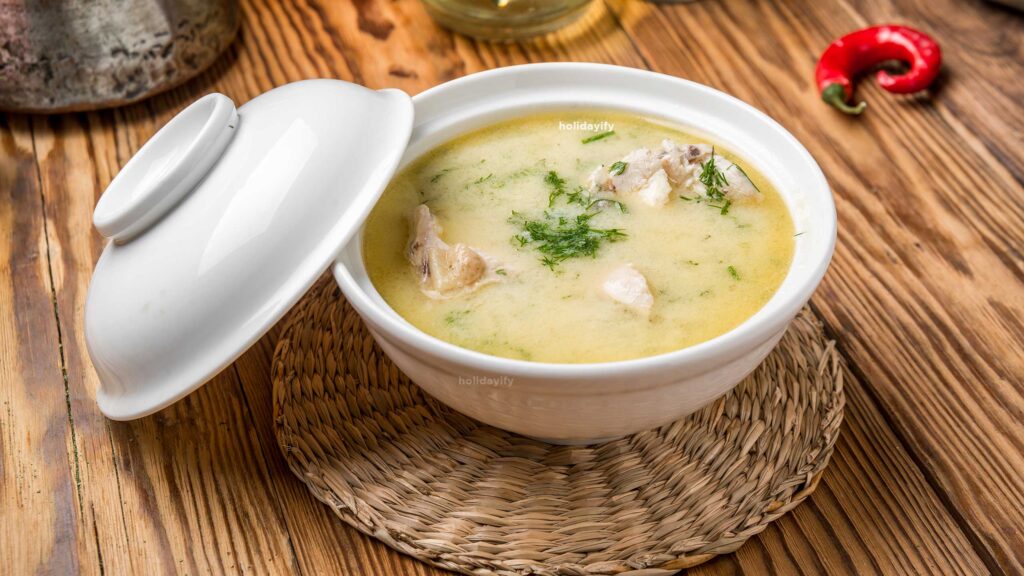
This nutritious soup is renowned for its curative properties and looks deceptively easy to make. The cooking process actually involves slowly boiling a whole chicken in a pot with vegetables and bonnet rice and then picking the meat off, discarding the skin and bones. But the fun really begins with the egg and lemon sauce, “avgolemono.” At this point, you break a couple of yolks into a bowl and slowly pour some of the broth while whisking. Squeeze in some lemon juice and stir the bowl’s liquid carefully back into the pot — it won’t curdle if just simmering. The result is a rich, silky smooth soup that marries fat, carbs and protein with vitamin C.
Pitta and Pies
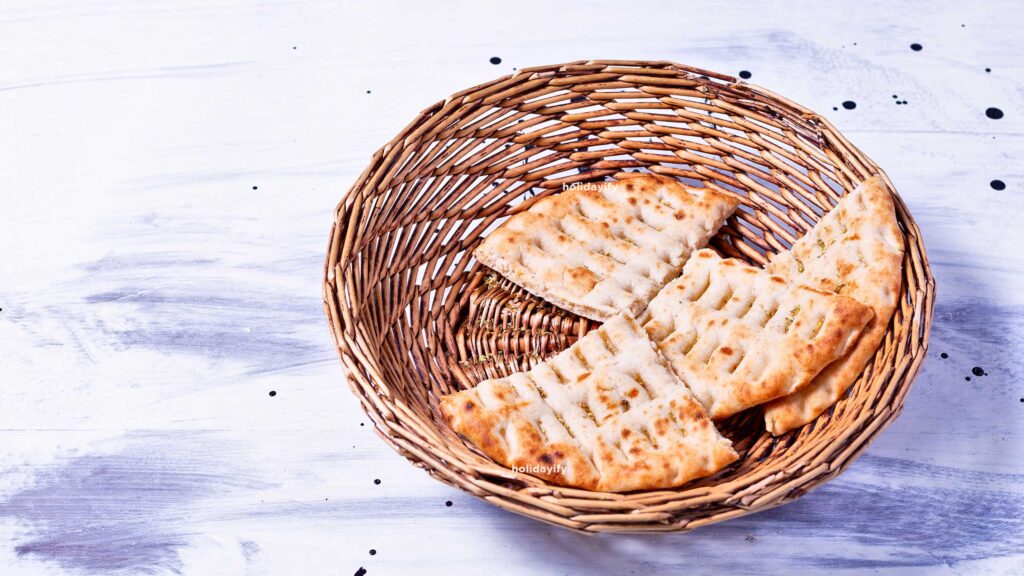
Pies (or pitta) are a big deal in Greece. In fact, every bakery in Athens sells an assortment, both sweet and savory, for those pangs of hunger while on the trot. There’s tyropita (cheese pie), spanakopita (spinach pie), zambonopita (ham pie), kotopita (chicken pie), chortopita (pie with mountain greens) and combinations thereof. Each is encased in puff pastry with two exceptions, tyropita kourou (made with flaky short crust) and, from the Sporades islands, strifti, a fried, spiral-shaped filo cheese pie.
Soutzoukakia
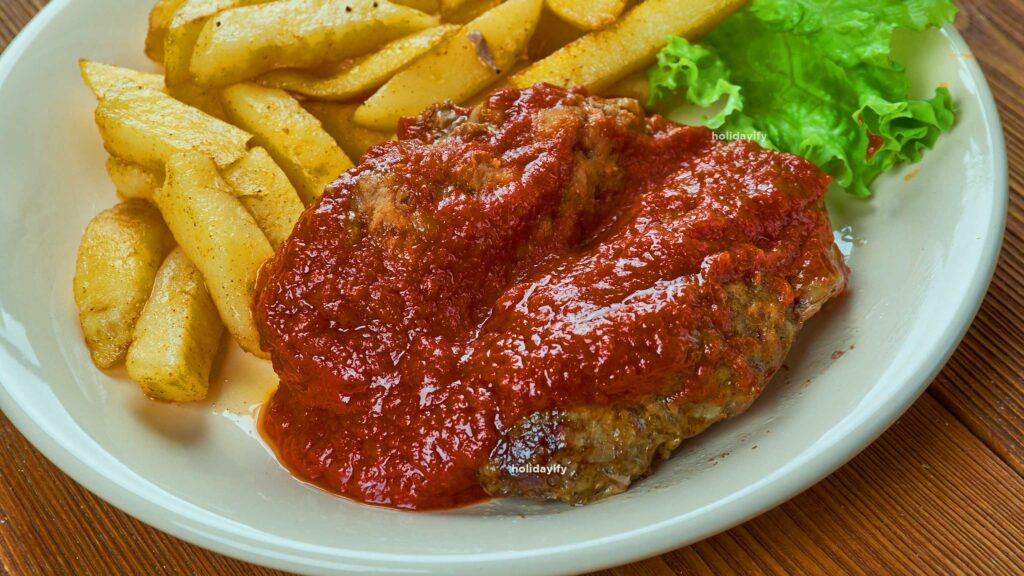
When Greeks from Turkey’s Aegean coast returned to the country after the Greco-Turkish War, they brought many of their own recipes with them. The ever popular soutzoukakia, is one of the most noted. Indeed, you may often see the extra description “Smyrneika,” which is from Smyrna, in taverna menus. Like keftedes, they’re meatballs. However, soutzoukakia are baked in a cumin-scented sauce rather than floured and fried. They’re almost always served with pilau rice, a reminder of their oriental provenance.
Koulourakia

You can pick up these rings of baked bread dough covered in sesame seeds from street vendor stands in every Greek city. Originating from Thessaloniki‘s Jewish community, it’s essentially a southern version of the Central European pretzel. While koulouria has served as the comfort food of Greek school children throughout the ages, they face competition from a multitude of manufactured munchies today.
Kleftiko
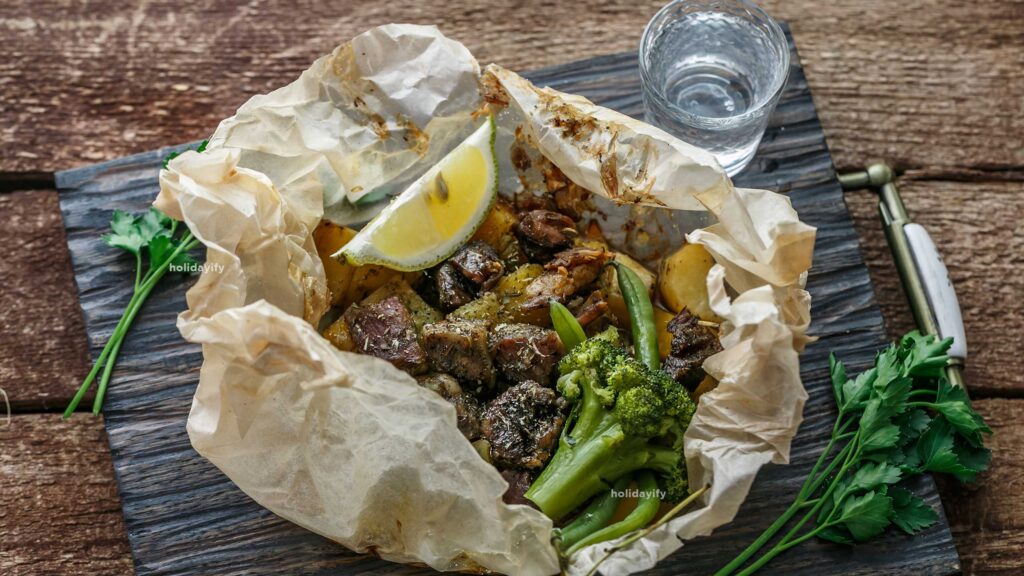
This dish of slowly cooked roast lamb with herbs wrapped in baking parchment paper stems from an era when the village bakery was also in charge of the communal oven. Households would bring in their own parceled joint on Sunday mornings for baking and pick it up at lunch time. Although the advent of fitted kitchens has made this scenario obsolete, the recipe is still popular. The parchment paper allows the meat to be steamed in its own juices, perfumed by the added herbs.
Spoon sweets
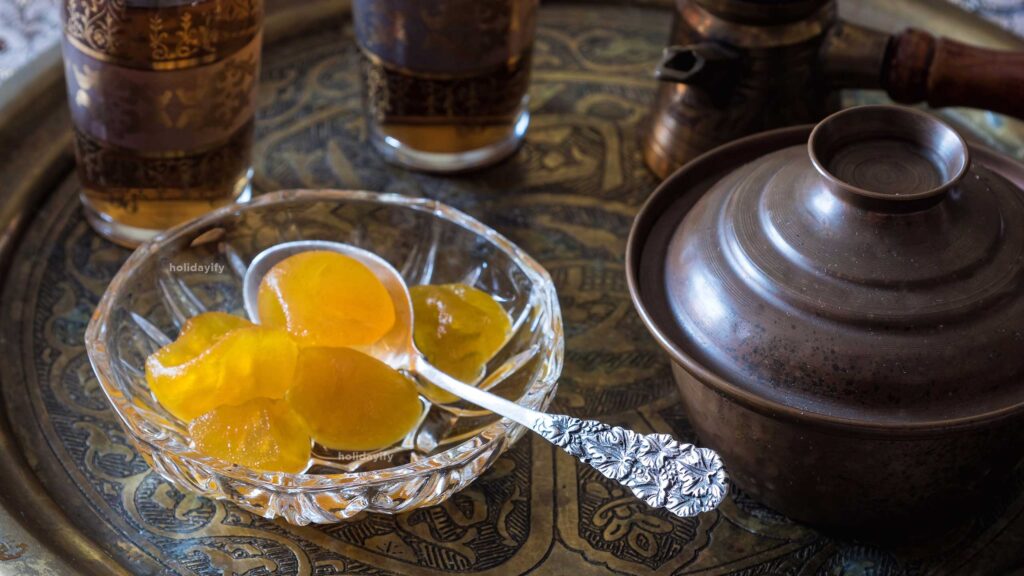
The vast quantity of fruit produced in Greece proved overwhelming in olden times, when trade was slow or non-existent. As a result, spoon sweets, like Western European jams, became the Greek way of preserving fruit. This is one of the occasions when pure sugar rather than honey is used in traditional Greek recipes. It’s added in such large quantities, that most people can only bear a gloopy spoonful. Try them with yoghurt to temper the sugar rush.
Calamari
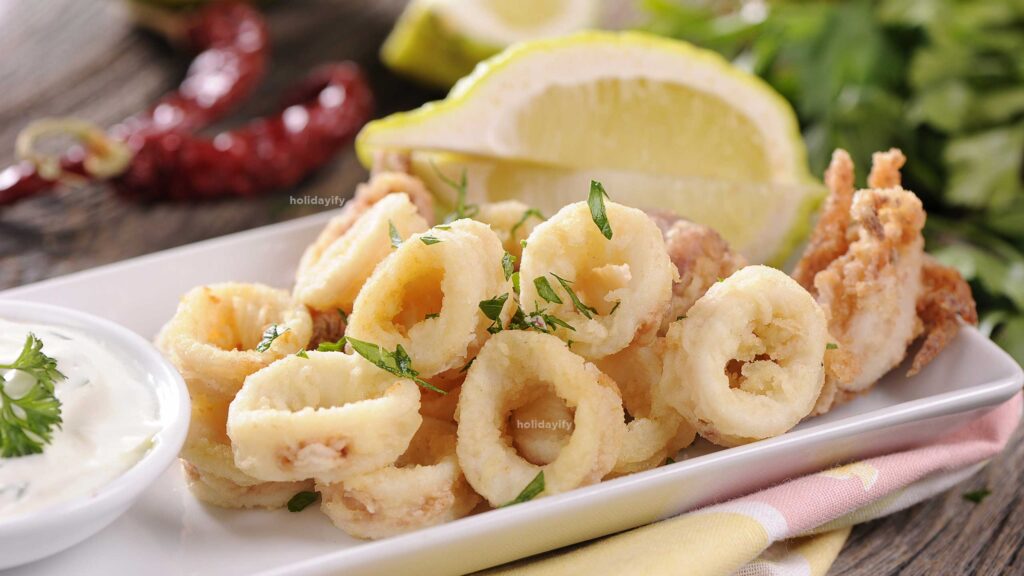
Deep fried squid served with salt and lemon, and oftentimes also a sauce on the side. Calamari is a popular appetizer in Greece.
Stifado
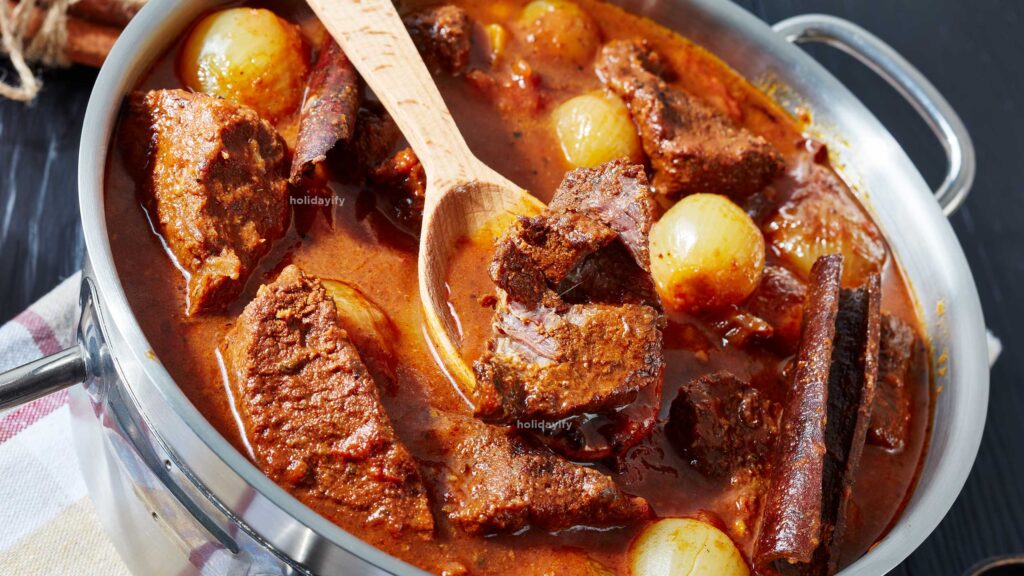
A traditional Greek meat-stew with onions, tomato, wine or vinegar and a variety of spices – it’s often characterized by cinnamon and tomato. The stifado is usually made on the stovetop, but can also be made in the oven. The older recipes of Stifado doesn’t include tomatoes though since they didn’t arrive in Europe until later.
Lavraki
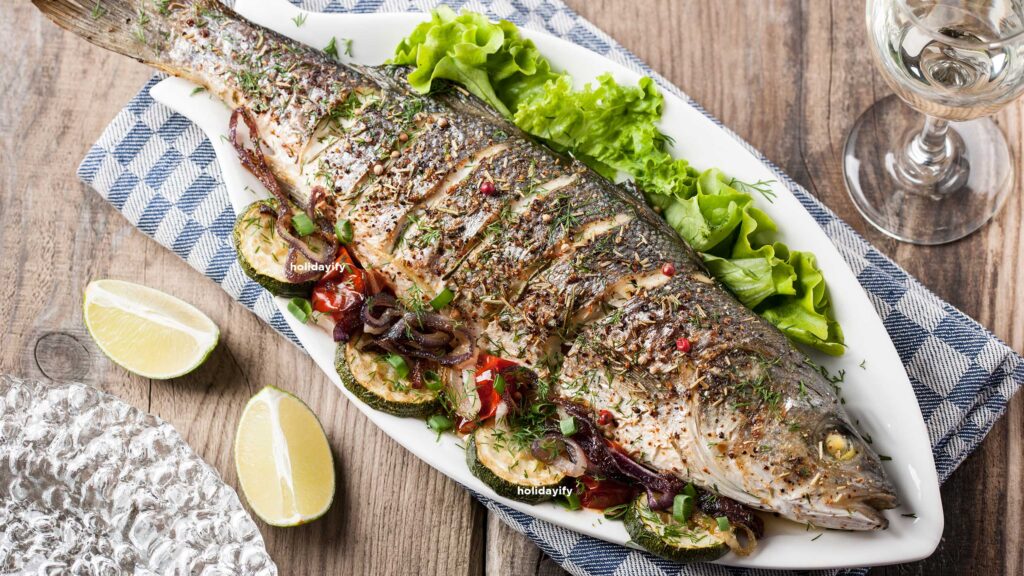
Sea Bass is another traditional Greek food that any fish lover should try while visiting Greece.
Lobster Pasta

I tried this in Skyros, and it’s not my favorite dish, but it was quite good, and I know that many Greeks love this dish, so definitely something to try while visiting Greece if there’s a place serving Lobster Pasta.
Papoutsakia
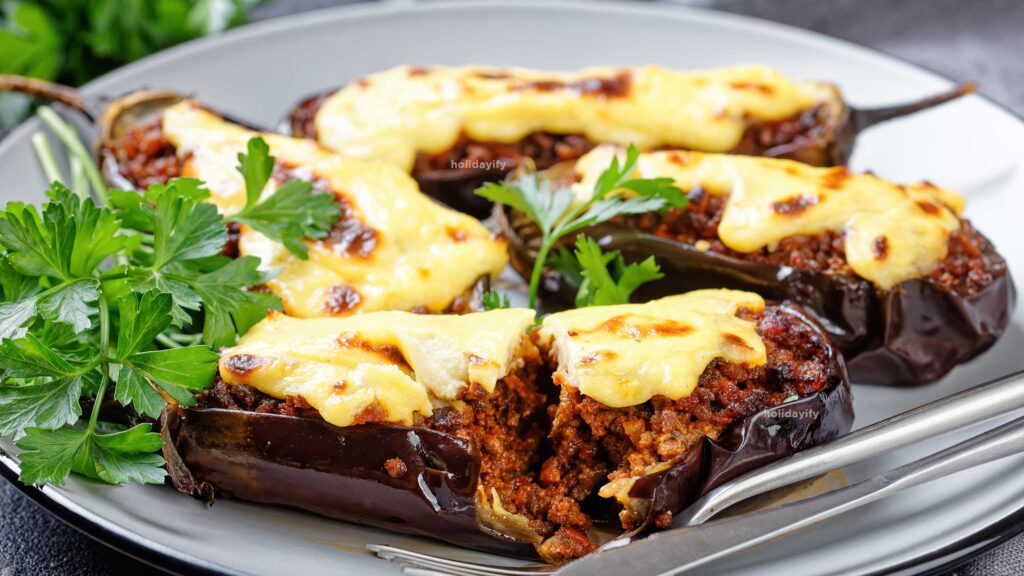
Papoutsakia means shoes in the Greek language, and it’s a true classic in the Greek kitchen. Papoutsakia is stuffed eggplants that are usually filled with seasoned ground veal and tomatoes and bechamel sauce. This dish is actually quite similar to Moussaka.
Octopus
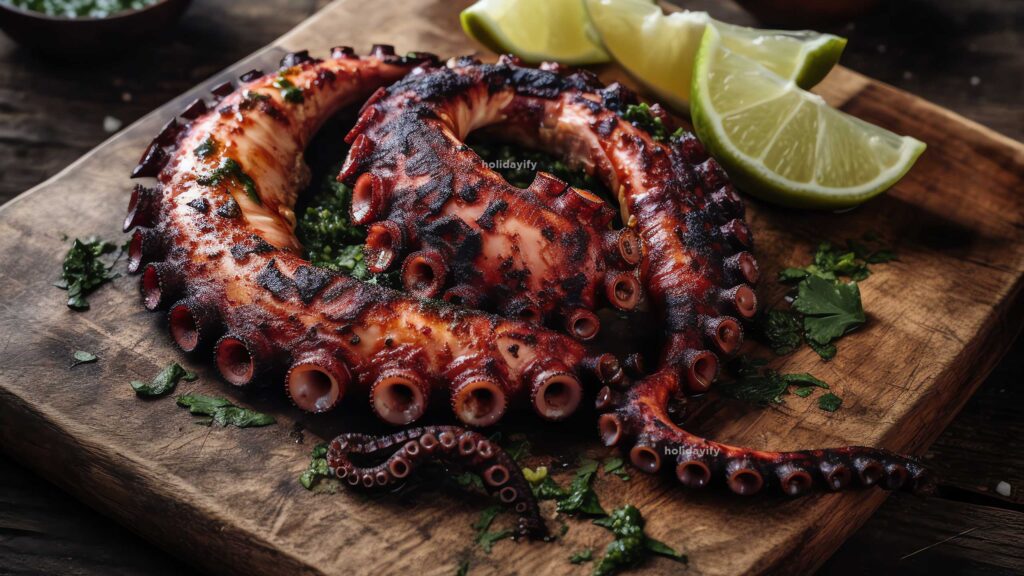
Octopus is also common in the Greek cuisine, and there are many dishes with octopus. Some of the most popular ones include grilled fresh octopus and Octopus pasta (ohtapodi me kofto makaronaki).
Greek Breakfast
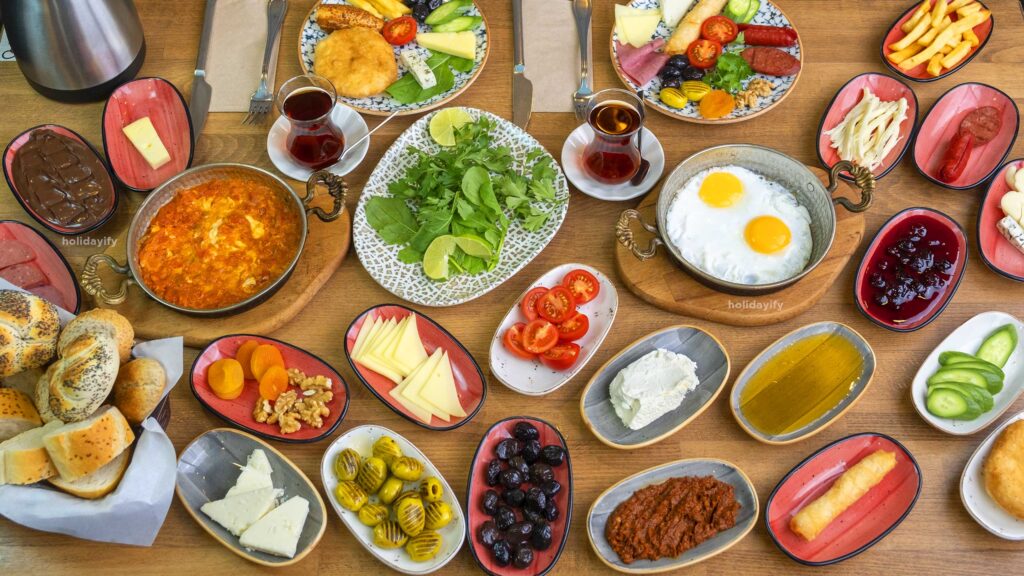
Curious about what Greeks eat for breakfast? It varies from region to region, and home to home, but below you can see a list of things that can be served for breakfast in Greece.
What is traditional Greek food?
- Barbouni – A small fish, often eaten whole. Also known as “red mullet”
- Dolmades – Stuffed grape leaves
- Gigandes – Giant baked beans
- Gyro – A dish of meat roasted on a vertical spit. Often served in a sandwich
- Horiatiki – Traditional Greek salad
- Keftedes – Meatballs cooked with herbs and onions
- Kokoretsi – Seasoned lamb intestines
- Kolokithokeftedes – Zucchini fritters, often served with tzatziki
- Lavraki – European sea bass
- Marida – Little fish, lightly fried and eaten whole
Greek Desserts
- Feta Me Meli
- Galaktoboureko
- Baklava
- Bougatsa
- Kataifi
- Melomakarona
- Portokalopita
- Loukoumades
Traditional Greek Food for Christmas
- Egg-Lemon-Chicken-Rice Soup
- Yiaprakia Stuffed Cabbage
- Christopsomo Bread
- Pork
- Melomakarona Cookies
- Baklava
- Kourabiethes Cookies
- Karythopita Walnut Spice Cake
- Kalitsounia Kritis Cheese Pastries
Traditional Greek Food for Easter
- Spit-roast lamb
- Easter bread with red eggs (tsoureki)
- Greek Easter biscuits (koulourakia paschalina)
- Skewered chicken (kotosouvlaki)
- Balsamic-glazed figs
- Cheese pastry cups (kalitsounia)
Conclusion
Food is a huge part of Greek culture. It has to do with much more than just flavours and dishes. It has to do with the excellent ingredients, the lengthy procedure involved in preparing the food, and the culture of sharing dishes with others. Essentially, it has to do with bonding with others through one of life’s greatest pleasures.
